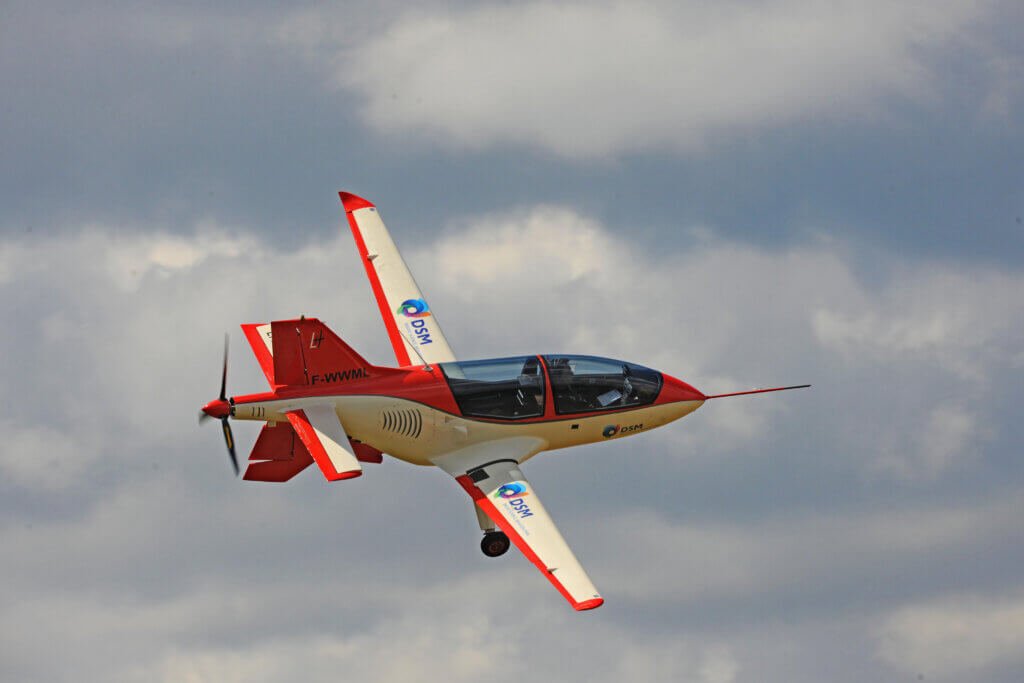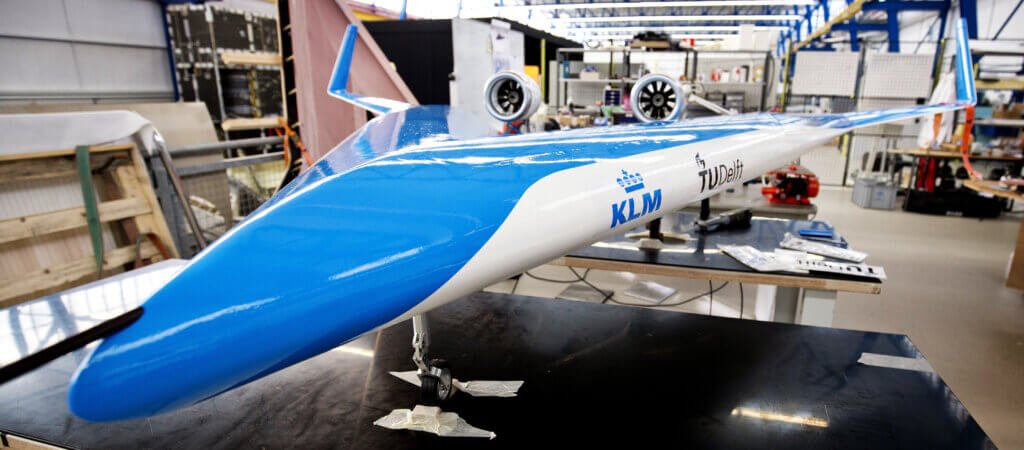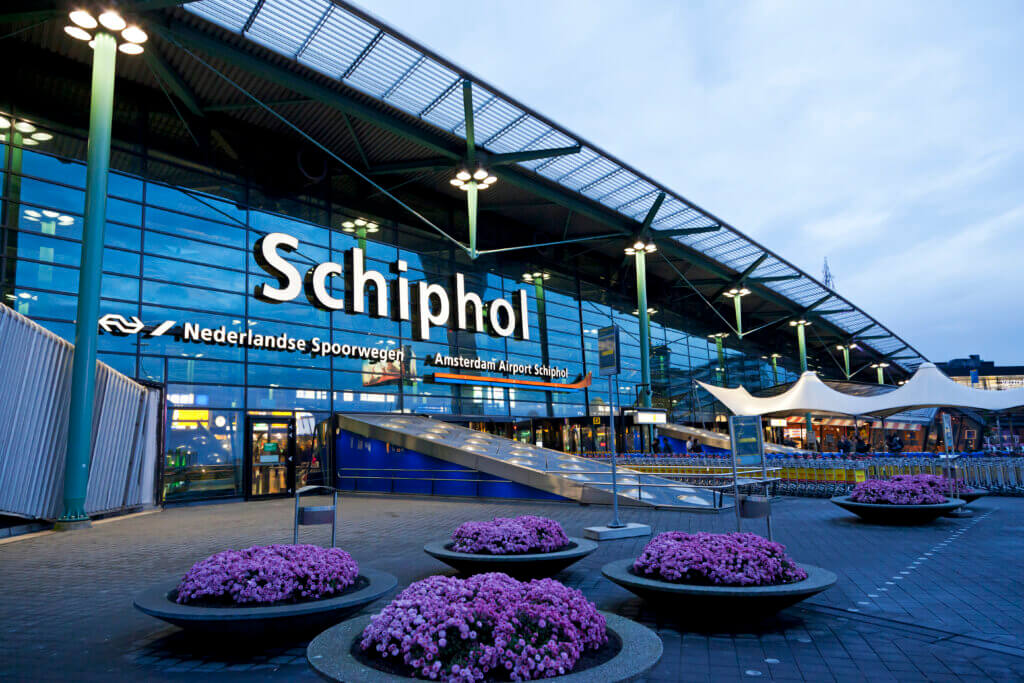Aerospace Technology Lifts Off in the Netherlands
Dutch innovation has taken humans to the clouds and beyond
When Christiaan Huygens, a 17th century Dutch astronomer, discovered Titan, the largest moon in our solar system, he likely never imagined building ships that would reach these celestial bodies. The Netherlands, however, has excelled in research and innovation that continue today to do just that, bringing the heavens a little closer to Earth.
Thanks to the mix of its creativity, pragmatism, entrepreneurship, openness and collaboration, the Netherlands is dedicated to innovation in aerospace through its Royal Netherlands Aerospace Centre, making the world of transport safe, sustainable, efficient, and effective. A look at how the Dutch approach aerospace innovation and implementation should make it clear why their ideas are taking off around the world.
History of Dutch aerospace exploration
A seafaring people, the Dutch have always looked to the stars, developing telescopes and other tools to map the skies above. By the 20th century, however, the Netherlands was an early entrant into flying and aerospace world. Dutchman Anthony Fokker began producing planes in 1912 in Germany before bringing them to the Netherlands. By 1919, the country had established KLM, which is, to this day, the world’s oldest airline.
Space race to first Dutch launch
While the U.S. and Russia vied for supremacy in space, the Netherlands joined other Europeans to cooperate for more collaborative space exploration, cofounding the European Space Research Organization in 1962. Its technology base was established in the Netherlands, setting the tone for the future. Collaborations with other European nations and NASA in the U.S. over the years lead to Dutch technologies helping to study everything from pollution levels to X-rays in space.
In 1974, with help from faculty and students at Delft University of Technology (TU Delft), the Dutch launched their first satellite. Less than 10 years later, Lodewijk van den Berg, born in the Netherlands, went to space aboard the Space Shuttle Challenger. Wubbo Ockels was the second Dutchman to fly into space later that year, 1985. By the 21st century, André Kuipers, became the third Dutchman in space, visiting the International Space Station by Soyuz capsule in 2004 and 2011.
By 2009, the Netherlands Space Office formed to coordinate the nation’s space program with others in Europe, the U.S., and Japan.

Royal DSM’s carbon fiber composite resin in the LH Aviation LH-10 Ellipse
Educating future space travelers
A pivotal component to Dutch innovation in the air and space is its education centers. Research at Dutch knowledge institutions like TU Delft are key components to the country’s success with air and space exploration. TU Delft’s Aerospace Engineering program celebrated its 80th birthday in 2020, making it one of the premier aviation and aeronautics facilities. TU Delft’s Space Institute brings together this and other faculties in the university to lead space research. Other academic institutions like Amsterdam University of Applied Sciences and Inholland University of Applied Sciences also train students in aerospace studies.
Astronomy programs at the University of Groningen and air and space law studies at Leiden University show how the Dutch are taking a holistic approach to air and space travel. It’s not just the technology and innovation that makes it all possible.

TU Delft’s Flying-V
Collaborative success
To that end, researchers can’t operate all on their own, either. Within the Netherlands, NL Space brings together knowledge institutes, businesses and universities to tackle everything from climate change to energy. Collaboration within the Netherlands leads to even more expansive programs internationally, including research on mobile technology and farming to name just a few of the research projects that Dutch aerospace specialists helped bring into the world.
Thanks to a culture of collaboration and its easy access from other European engineering centers, the Netherlands benefits from rich partnerships across the world. Its collaboration with the European Space Agency and NASA has helped the Dutch share their new ideas while embracing research from beyond their borders.
Between Earth and the stars
The Dutch continue to look beyond Earth, but innovations in aviation make the nation an attractive place for all sorts of aviation and aerospace projects. It’s not just about rocket ships and satellites.
While it seems like many of these ideas are way above all of our heads – in every way – the casual Earthling need look no further than Schiphol Airport to see the positive effects of Dutch aerospace engineering. The world’s second best connected airport is Europe’s third largest for both passengers and cargo, providing multiple logistics hubs that help companies to stay on top the aerospace game, for example by timely deliveries of goods and spare parts.
Beyond its famous airport, the Netherlands features research and manufacturing centers concentrated in five different hubs across the nation. The country is home to the European Space Research and Technology Centre, the largest site and the technical heart of ESA. It acts as the incubator of the European space effort, all based in Noordwijk. It joins others like SRON, the Netherlands institute for Space Research, with centers in Utrecht and Groningen.
The Dutch appreciate thinking outside the box, and Airbus Defence and Space brings together some 200 researchers to develop creative technical solutions for space exploration, while Dawn Aerospace is taking a more sustainable approach to building hardware for space.
Investing in aerospace innovation
Royal NLR is one knowledge group that has been at the forefront of sustainable and efficient air technology dating back to 1919. They aren’t alone. One brand, Fokker, also dating back to 1919, was once the world’s largest airplane manufacturer. Acquired by GKN Aerospace in 2015, the name lives on through Fokker Technologies, while another group, Fokker Services, is an independent aerospace service provider, upgrading aircraft with offices in Europe, the U.S., and Asia.
Foreign investments in the Netherlands from the likes of Boeing, Lockheed Martin and Tesla are all clear signs that the country is primed for further aerospace advances. Smaller companies like Brazilian jet maker Embraer moved its international headquarters to Amsterdam 2017 and U.S.-based airplane parts manufacturer Proponent established a base in Alphen aan den Rijn in 2019.
Most recently, American aircraft company Gulfstream Aerospace moved from London to Amsterdam because of the UK leaving the EU. With the ideal mix of technology, research, business investment, and enthusiasm for innovation, the Netherlands is a solid choice for any company looking for stability in the aerospace sector.
Whether it’s for greener air travel or aiming for the Red Planet, the Dutch are ready to find an innovative solution. NFIA is the hub to connect international businesses with leaders in industry, innovation, and research to help launch concepts and ideas internationally, or beyond.
26 October 2020
